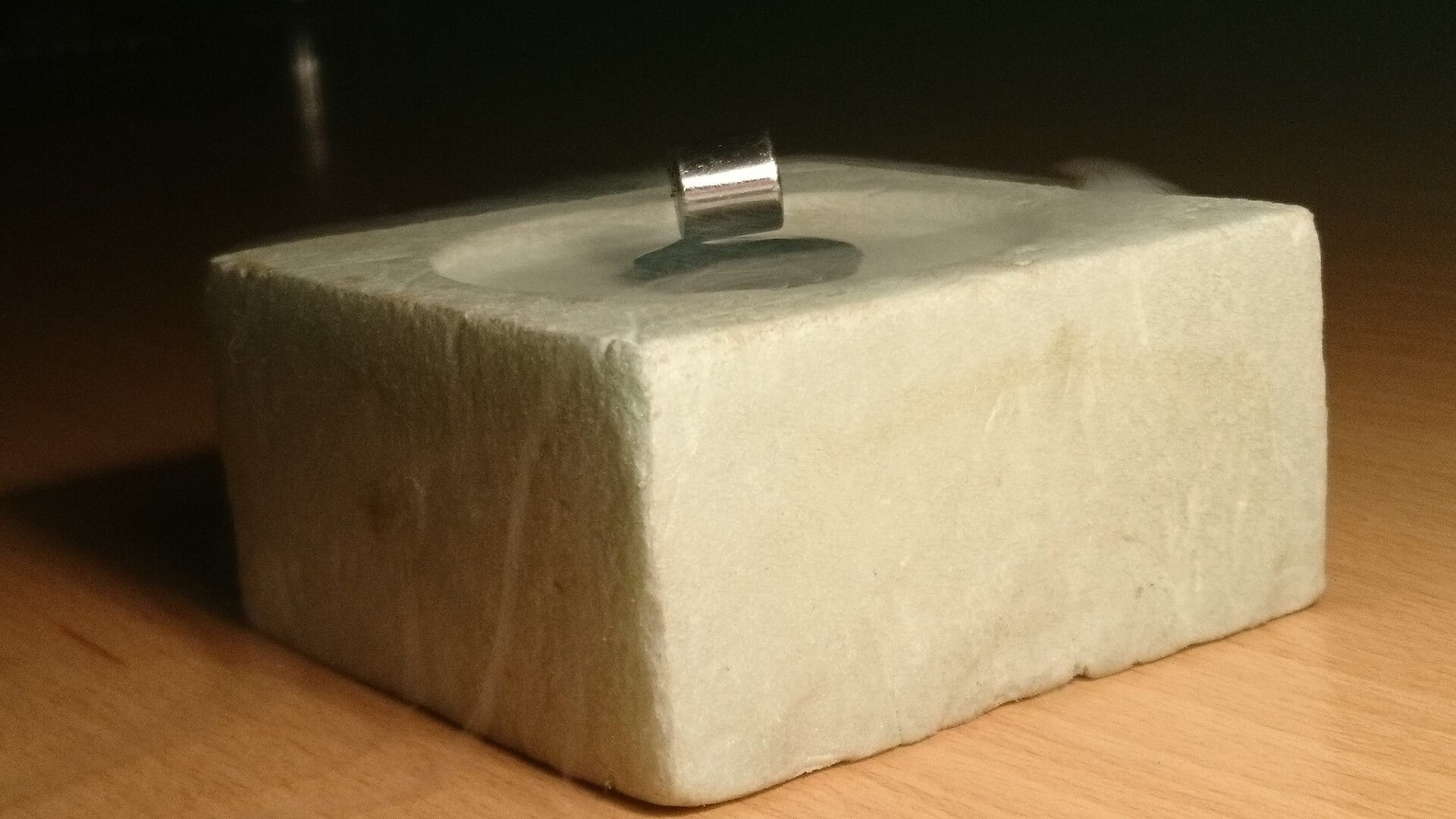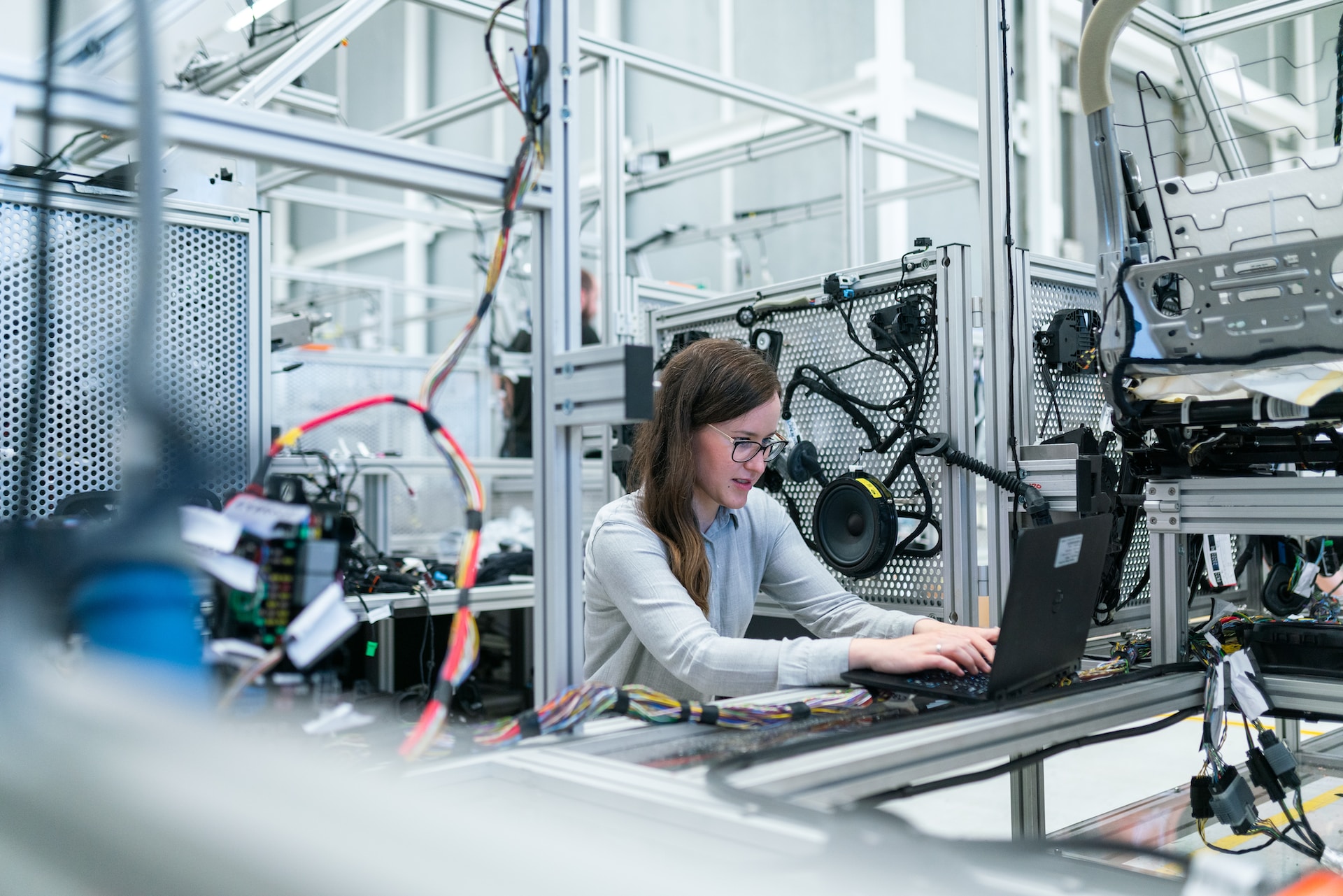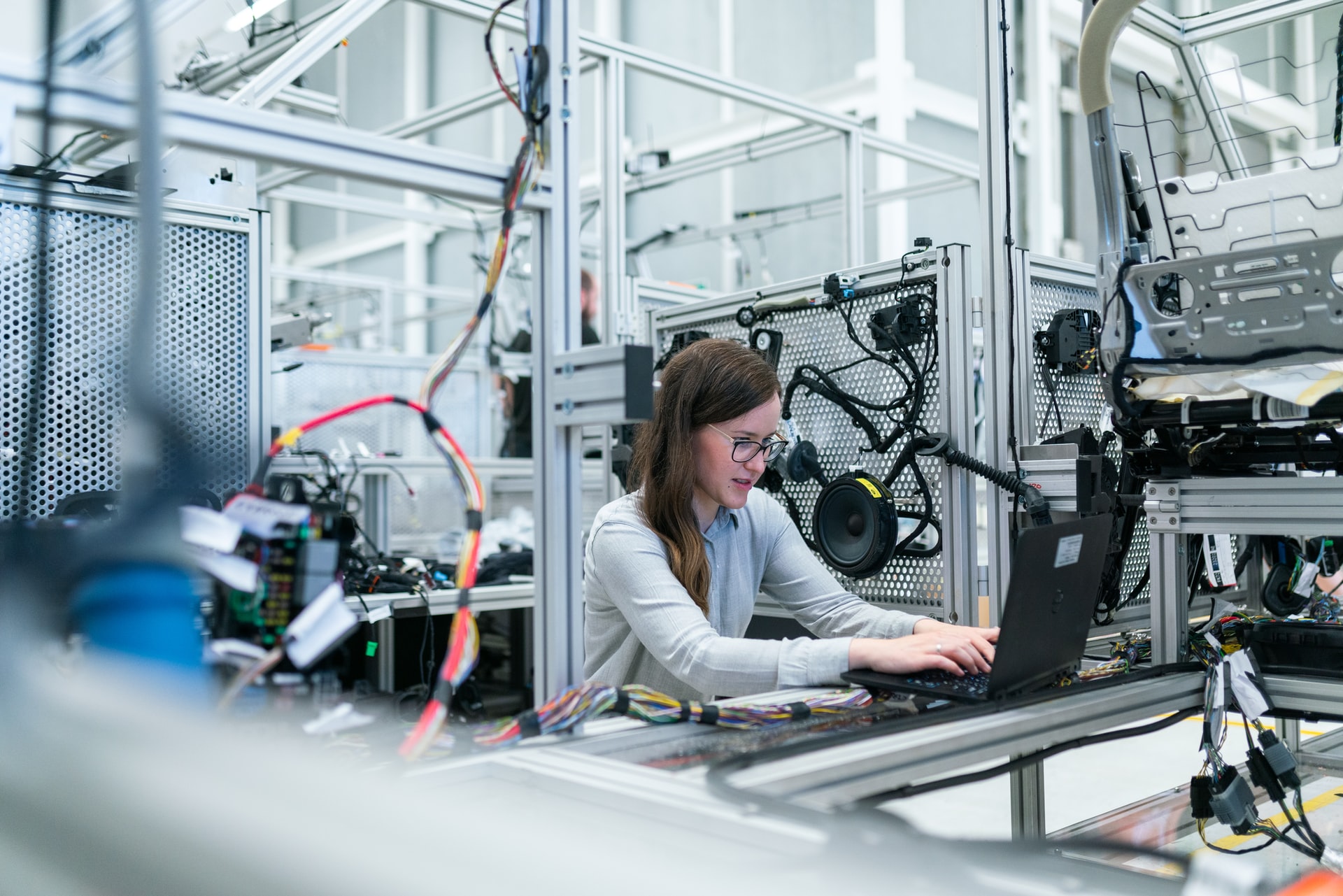
Why Are Room-Temperature Superconductors a Revolutionary Breakthrough?
December 28, 2020 - Emily Newton
Revolutionized is reader-supported. When you buy through links on our site, we may earn an affiliate commision. Learn more here.
When energy powers a device of any kind, it creates two things — electricity and heat. When laptops overwork themselves, they may heat up quickly. They may also initiate fans to cool themselves down. This idea is what underlines superconductors.
A superconductor is any material that can conduct electricity at significantly low temperatures. To create a productive loop of an electrical current, superconductors must remain cool at all times. If they get too hot, the heat could disrupt the loop and the object could become inefficient or stop working.
The issue, then, with keeping superconductors cool, is that they must be cold at all times. Most operate around absolute zero, which is -459.67˚F (-273.15˚C). Getting too hot could be just a few degrees above that temperature — which is still impossibly cold!
Superconductors operate more than laptops, too. They power things like electrical plants, large machinery and massive tech companies like Google and Microsoft. With such high requirements for countless superconductors, these facilities and companies will also need resources to keep the parts cool at all times. This task requires an incredible amount of energy.
The more energy corporations consume, the more natural resources they burn through. It’s a chain reaction that ends with the consumption of energy sources — whether they’re renewable or fossil fuels. Furthermore, once devices that use superconductors heat up, that heat energy goes to waste, creating the need for more cooling energy.
Instead, focusing on a room-temperature superconductor model has been the goal of researchers and physicists for over a century. This discovery entails less of a need to cool and more of a focus on a continuous loop of electricity. Finding the right balance could bring about drastic changes in the energy industry.
Previous Progress
The first superconductor came about in 1911. Heike Kamerlingh Onnes was the scientist that discovered how low temperatures must be for superconductors to operate. He also discovered how to achieve such low temperatures.
Superconductors can be anything that conducts and aids the flow of electrons in a circuit. This circuit must be efficient and able to withstand the cold temperatures. If not, then the object is not a superconductor and won’t be able to produce electricity. In 1911, Onnes found that mercury was a viable option for superconduction.
This innovation became the foundation for more progress to come in later years. However, the road has been bumpy while trying to find a solution for such extensive cooling needs. It wasn’t until 1987 that a similarly groundbreaking discovery occurred. Researchers at IBM in Zurich, Switzerland, found new materials that could serve as superconductors, opening up the field for more possibilities.
Copper and oxygen were the leaders in this change. Alongside a mix of other elements like barium, lanthanum and bismuth, copper and oxygen created a circuit that operated how some superconductors today function. The significance of this discovery was that superconductors could operate at higher temperatures — above absolute zero.
About 30 years later, researchers at Northeastern University started focusing on how insulators could also be conductors with the right transition. The way to convert them is with the right elemental combinations to create conduction. Things like copper oxide won’t conduct electricity on its own, but lanthanum copper oxide might.
This 2018 approach has been helpful for progressing towards room-temperature superconductors. It’s a step that physicists have been working on for over a century now — which started with Onnes’ discovery in 1911 and worked its way to the current groundbreaking innovation. Room-temperature superconductors are now a realistic solution after a recent discovery.
The Discovery
On October 14, 2020, physicists did it. They observed room-temperature superconductivity after a century of progress in this direction. Researchers from the University of Nevada and the University of Rochester have been working closely together to discover these kinds of superconductors. Now, they achieved just that by working with the right materials.
Using a diamond anvil cell, physicists Ranga Dias and Ashkan Salamat achieved the right amount of superconductivity while keeping temperatures mild. A diamond anvil cell is a small device that is common among physicists. They use it to compress small materials under extreme pressures that only elsewhere exist at the center of Earth.
Instead of compression, though, these researchers found that the cell works as the perfect conductor. It acted as the tool they experimented on, using different temperatures and pressures to bring about the best combination for converting materials into a metallic state. For instance, researchers found that carbon, hydrogen and sulfur are now viable superconducting materials.
From this transition, Dias and Salamat found the right combination where these processes are possible at room temperatures. It’s a groundbreaking step — in line with the previous discoveries. Without the progress from countless physicists over the years, this project wouldn’t have the grounding it needs.
The past brought absolute zero as a solution as well as superconductivity at higher temperatures. However, room-temperature superconductivity is the final goal. With it, individuals, businesses and power sources across the world can reduce energy and resource consumption, working towards a cleaner society.
While this research is new and still in its infancy stages, refining room-temperature superconductivity has the power to change the world. From laptops to entire energy grids, this research is just the beginning. Integration will be the next step after physicists nail down how to make these superconductors free of pitfalls.
What It Means for the Future
The world uses an unimaginable amount of energy every day. This also means a portion of that energy will go to waste due to processes like superconductors giving off heat and energy while they’re on. As of 2018, the United States alone rejects 68% of energy — meaning it doesn’t go to use properly and ultimately becomes waste.
This is inefficient. Even with renewable energy sources like solar and wind power, some energy and electricity still goes to waste. The goal, then, is to generate electricity in a way that doesn’t waste anything. Superconductors that operate at absolute zero will give off heat waste. They also require cooling systems that use energy.
Instead, room-temperature superconduction will save energy. Without the need for cooling, the conductors won’t give off heat, meaning no energy goes to waste. They remain the temperature of their environment. The electrons operate on a continuous circuit without wasting anything. This step could become a clean form of production.
Everything electronic could then use these room-temperature superconductors to operate without wasting heat or energy. MRI machines that use superconduction for scanning and transmitting information could run on the infinite loop of electrons. A laptop could get its power source from this loop as well. However, larger-scale integration would shine through as a beacon of progress.
Energy grids across the world could adopt room-temperature conduction. The loop will theoretically never stop, since it can work with whatever temperature surrounds it. Regular conductors shut down in the wrong setting. With energy grids, this continuity could provide billions with power and heat — all in clean ways that reduce waste. Combining superconductors with something like solar power will bring about more renewability, too.
This step is the first in a new chapter. Building upon previous discoveries, room-temperature superconductors are expanding what’s possible.
Room-Temperature Superconductors
The possibilities are vast. After a slow burn of superconductor innovations, room-temperature variants can lead the way for the world to become more conscious of its energy waste. Societies can take action and implement these conductors in anything electronic.
However, this feat is still likely years away. In the meantime, physicists will continue working towards solutions to make room-temperature superconductors more practical and applicable. As they are now, the conductors need research and further refinement to reach efficiency goals.
Regardless, this step is undeniably groundbreaking. It’s what researchers have been working towards for years. With this discovery as the foundation, new research will pop up and add to the progress. It’s what keeps the innovation going throughout the world — and what will one day keep the world using energy efficiently.
Featured Image Source: Edosz2010, CC BY 4.0, via Wikimedia Commons
Revolutionized is reader-supported. When you buy through links on our site, we may earn an affiliate commision. Learn more here.
Author
Emily Newton
Emily Newton is a technology and industrial journalist and the Editor in Chief of Revolutionized. She manages the sites publishing schedule, SEO optimization and content strategy. Emily enjoys writing and researching articles about how technology is changing every industry. When she isn't working, Emily enjoys playing video games or curling up with a good book.




